
On the Energies of the Lower Spectrum
by Lee Duane FitzSimmons
The crimson frequencies that make up the lowest part of the color spectrum are quite infamous for their seductive essence and allure. Throughout history, humanity has both used and fallen prey to these hues that spark the lust and bring out the more savage emotions in man. However, they have also been displayed in many more innocent settings that use a wide array of color. This primary color provides a solid base of aesthetic fortitude that allows for the entire rainbow to have a firm foundation upon which to rest.
Just above the foundational color of red comes the extremely bright color of yellow, which is the color that is found in gold. It is this hue that provides a lion's share of the actual photon content associated with the color spectrum and is also the primary color associated with the lion. It is this color that is most associated with light (along with white, of course) and the color that allows fire to perform its important role as an illuminator of the natural world. Yellow is directly connected to red by the color of orange.

Orange is the combination of red and yellow, and can be seen as the mediator of light and heat as expressed in the element of fire, which is actually plasma (energy combined with air). In this respect, orange is very important as a bridge between Saturn and Jupiter, which are the planets and alchemical concepts that can be directly connected to red and yellow, respectively. Therefore, orange is also expressive of the five to two orbital resonance found between the two planets and also functions as a type of center that allows the lower colors of the spectrum to function in their most beneficial manner. Orange could then be seen as the combination of tin and lead, the two alchemical metals associated with Jupiter and Saturn, respectively. Since the metal used to create organ pipes is made from tin and lead, orange could also be seen as the color of the organ.
Therefore, are the etymological similarities between these two words (orange and organ) deliberate, or merely an expression of humanity's collective consciousness?
* * *
INDEX
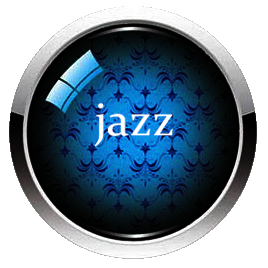 |
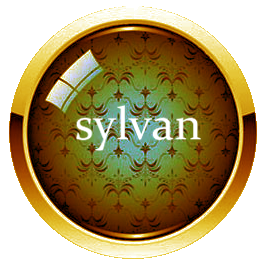 |
 |
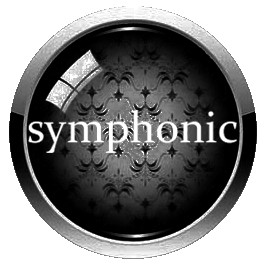 |
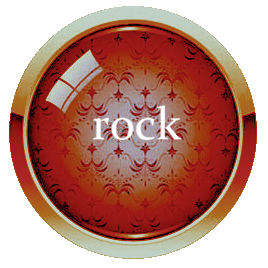 |
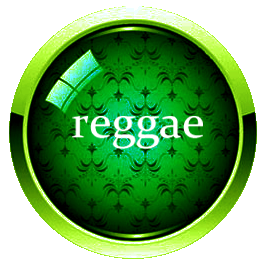 |
HOME * BOOKS * SANCTUARY * BIOGRAPHY
JAZZ * SYLVAN * ELECTRONIC * SYMPHONIC * ROCK * REGGAE
Copyright 2014 by Lee Fitzsimmons